The 1960s and ’70s were a time of wild experimentation, and that extended to the products companies tried to sell to the public. From bizarre food trends to questionable inventions, it seemed like manufacturers were willing to throw anything at the wall to see what stuck. Some of these products were ahead of their time, while others were so strange it’s a wonder they ever existed at all. But back then, people bought them, used them, and sometimes even swore by them—until they didn’t. Let’s take a trip down memory lane and revisit 12 popular ’60s and ’70s products that were just plain strange.
1. Clairol’s Touch of Yogurt Shampoo
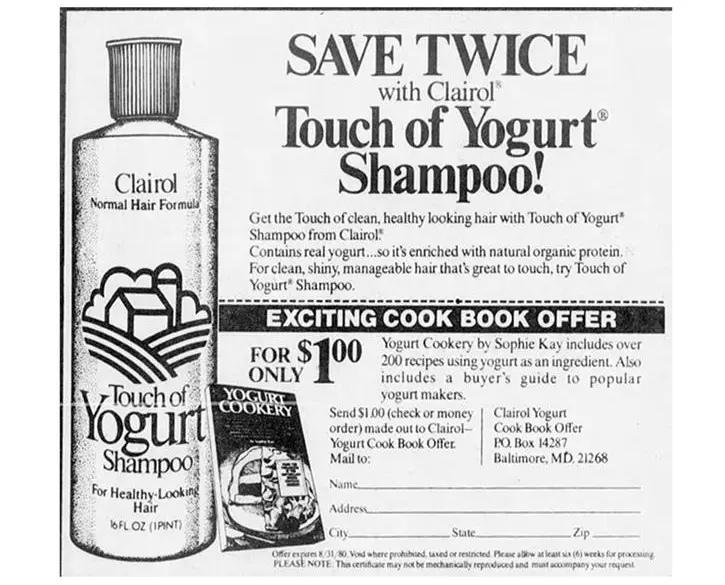
At some point in the 1970s, someone at Clairol decided that yogurt wasn’t just for eating—it belonged in your hair. Touch of Yogurt Shampoo was marketed as a nourishing hair treatment infused with real yogurt, promising soft, shiny locks. The problem? It didn’t smell particularly good, and some people—perhaps misunderstanding the product—started putting actual yogurt in their hair, which led to all sorts of hygiene disasters.
Despite its strange premise, the shampoo actually sold well for a while, thanks to the era’s obsession with natural beauty products. But it didn’t take long for people to realize that yogurt—whether in a shampoo bottle or straight from the fridge—wasn’t doing much for their hair. Eventually, Clairol pulled it from shelves, leaving it as one of the weirder beauty experiments of the decade.
2. Gerber Singles
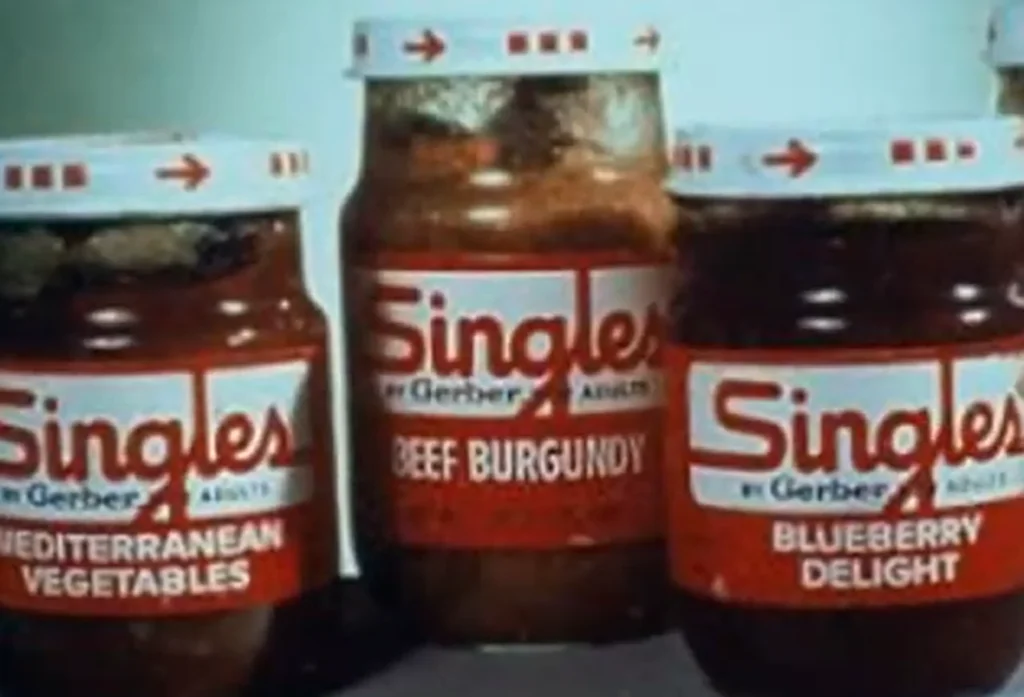
Gerber made its name selling baby food, but in the 1970s, the company made a baffling leap into adult cuisine. Gerber Singles were jars of pureed food, specifically marketed toward single adults who supposedly wanted the convenience of baby food without the shame of shopping in the infant aisle. The flavors included beef Burgundy, creamed beef, and Mediterranean vegetables—none of which sounded appealing in mush form.
Not surprisingly, adults had no interest in spooning puréed meat out of a tiny jar, and Gerber Singles quickly became one of the biggest product flops of the decade. It turns out that most adults actually enjoy chewing their food, and no amount of marketing could convince them otherwise. Today, it’s mostly remembered as a punchline in the world of bad marketing decisions.
3. Flick Your Bic Belt Buckle
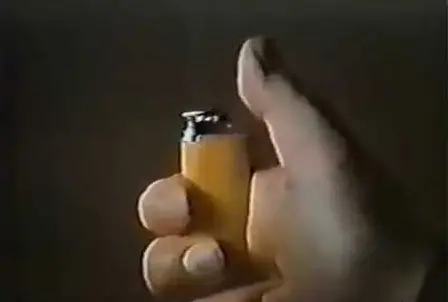
The 1970s were all about oversized belt buckles, and somehow, someone got the idea to turn them into a lighter holder. The Flick Your Bic belt buckle was designed to hold a Bic lighter in place, allowing smokers to always have one handy. With just a quick flick, you could ignite your lighter without even taking it out of the buckle—essentially turning your waist into a portable flame dispenser.
It was a novelty hit, especially among those who wanted to look extra cool lighting a cigarette in one smooth motion. But it also had some pretty obvious safety concerns, including the very real possibility of accidentally setting your pants on fire. Eventually, it faded into obscurity, but for a while, it was a must-have accessory for chain smokers and anyone who thought they were James Dean reincarnated.
4. Chiquita Banana Cooking Oil
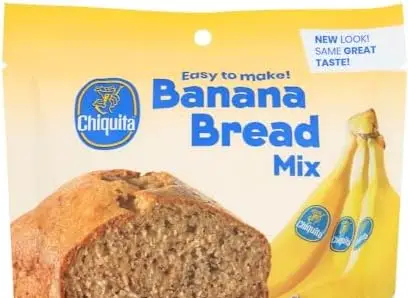
In the 1970s, Chiquita—best known for bananas—decided to branch out into the cooking oil business. The result was Chiquita Banana Cooking Oil, an odd attempt to market banana-branded oil as a healthy alternative for frying and baking. While the name suggested it might have been banana-flavored or made from bananas, it was actually just standard vegetable oil with some questionable marketing. The packaging featured the iconic Chiquita Banana mascot, leading consumers to wonder whether they were about to deep-fry their chicken in banana-infused oil.
Despite the confusion, it sold for a short time, mostly riding on the brand’s reputation. But people soon realized that there was nothing special about it, and the idea of associating bananas with frying oil wasn’t exactly appealing. Chiquita quietly pulled the product, returning to its focus on fruit. Today, it remains one of the more bizarre branding experiments of the era, a reminder that not every food company needs to expand beyond its niche. If you ever saw a bottle in the grocery store, you probably paused and thought, “Wait…why?” before moving on to something that made more sense.
5. Fuzzy Toilet Seat Covers
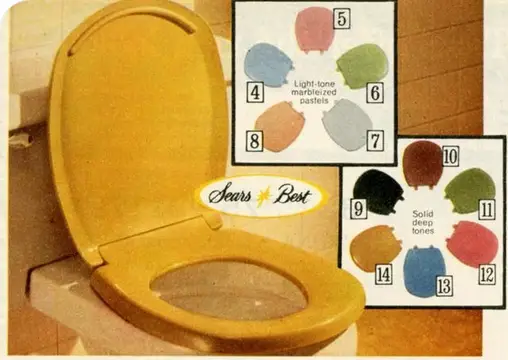
At some point in the 1960s and ’70s, putting fabric covers on everything became a trend—so why not the toilet seat? Fuzzy toilet seat covers were all the rage, adding a touch of “luxury” to bathrooms everywhere. The problem? They were a breeding ground for bacteria, absorbed all sorts of unpleasant moisture, and were nearly impossible to keep clean.
Despite these glaring hygiene issues, fuzzy toilet seat covers remained a popular household item for years. Eventually, people realized that a plush, absorbent fabric on a toilet seat was just a bad idea, and the trend started to disappear. But if you grew up in the ’70s, you probably remember seeing one in at least a few homes—and being slightly grossed out by it.
6. Carnation Breakfast Bars
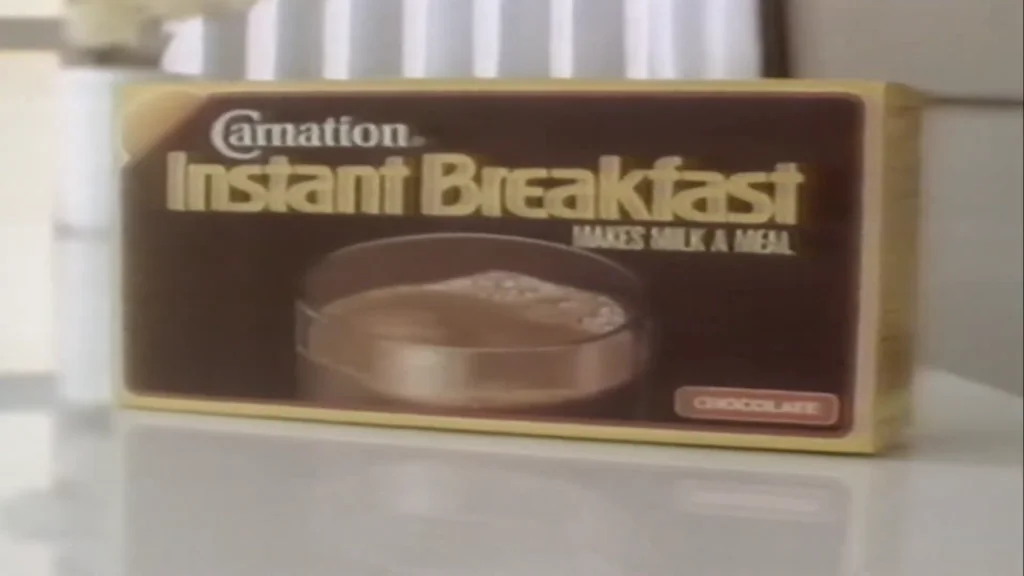
Marketed as a meal replacement for people on the go, Carnation Breakfast Bars were packed with vitamins, protein, and…an incredibly dry, brick-like texture. While they were supposed to be a healthy alternative to a traditional breakfast, they were so dense that biting into one felt like chewing on compressed sawdust.
Despite their strange texture, they were surprisingly popular for a time, with commercials boasting about their nutritional value. But eventually, people realized that no amount of vitamins could make up for the experience of eating something that felt like it could chip a tooth. Carnation discontinued them, though they still have a cult following among those who remember them fondly—or at least remember trying to get through one without a full glass of milk.
7. Hai Karate Cologne
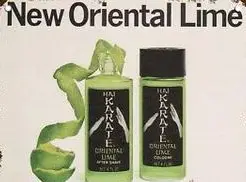
In the ’60s and ’70s, men’s colognes were often loud, musky, and overpowering, but Hai Karate took things to another level. Its advertising campaign suggested that wearing it would make a man so irresistible to women that he would have to fight them off—literally. The commercials featured average-looking guys being chased by hordes of women while practicing karate moves to defend themselves.
In reality, Hai Karate smelled like a mix of cheap aftershave and desperation. It was strong enough to clear a room, yet somehow, it was a massive hit for a few years. Eventually, people realized that no cologne—especially not one sold at drugstores—was going to turn them into an unstoppable ladies’ man, and Hai Karate quietly disappeared from shelves.
8. Water Beds
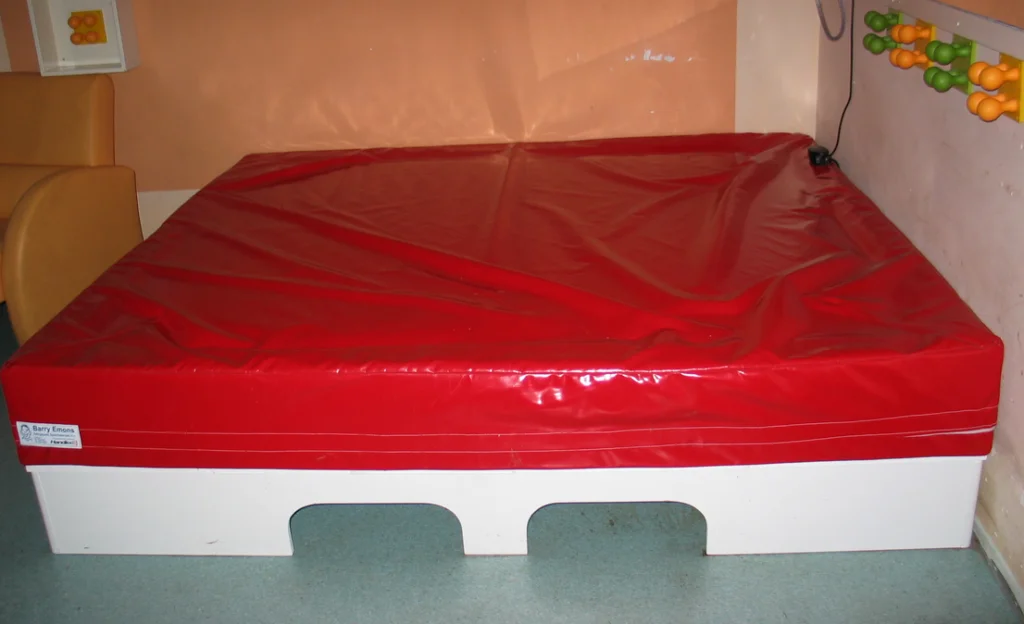
In the 1970s, water beds were the ultimate symbol of cool. Advertised as a mix of luxury and fun, they promised a unique sleep experience, with ads suggesting they were great for romance, too. The reality? They were a nightmare to maintain, prone to leaks, and made even the smallest movement feel like an earthquake.
While they remained popular for a while, the novelty eventually wore off. People realized they were impractical, hard to move, and often led to back pain instead of relaxation. Water beds still exist, but their prime-time popularity is long gone, left behind as one of the more impractical fads of the ’70s.
9. Electric Facial Masks
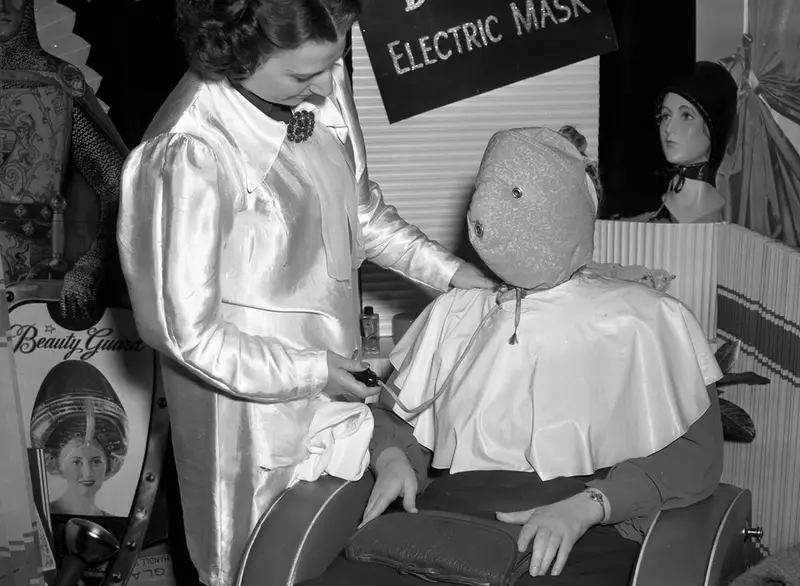
The 1960s and ’70s saw a surge in beauty gadgets, but few were as unsettling as electric facial masks. These bizarre-looking devices promised to tighten skin, reduce wrinkles, and rejuvenate the face by sending small electric currents through the skin. Some of them looked like creepy sci-fi movie props, with full-face masks featuring metal nodes and rubber straps that wrapped around the head. Others resembled torture devices, requiring users to sit still while low-voltage currents supposedly “toned” their facial muscles.
While they were marketed as cutting-edge beauty treatments, they were more gimmick than science. Many users found them uncomfortable, with some even experiencing mild shocks. Dermatologists eventually debunked their effectiveness, and they slowly disappeared from store shelves. Today, they live on as relics of an era when people were willing to try just about anything in the name of youthfulness—no matter how strange or slightly terrifying it was.
10. TV Remote Controls with Cords
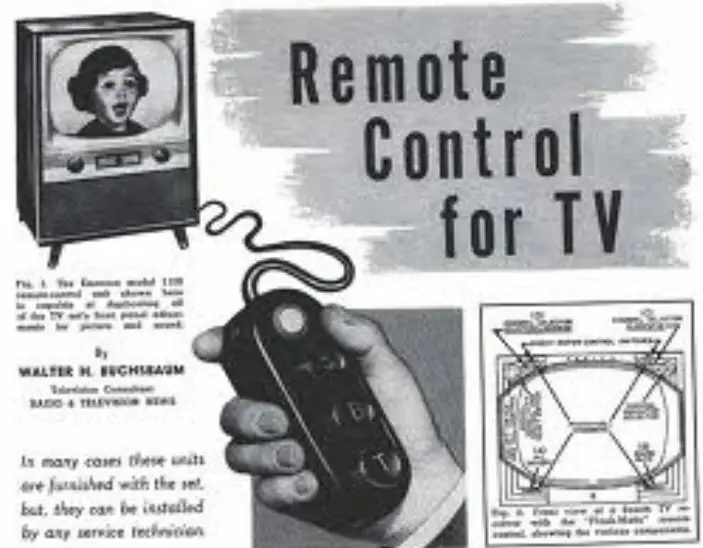
Before wireless remote controls became standard, early TV remotes in the 1960s and early ’70s were actually connected to the television by a long, cumbersome cord. These wired remotes let viewers change channels from the couch without getting up—but only if they didn’t trip over the cord in the process. Some remotes even had mechanical buttons that made a loud clunk when pressed, making them feel more like industrial tools than home entertainment accessories.
While they were considered revolutionary at the time, the cords were a major inconvenience. They were a tripping hazard, got tangled easily, and had a frustratingly limited range. The introduction of wireless infrared remotes in the mid-’70s quickly rendered these relics obsolete. If you ever had one in your house, you probably remember the constant struggle to keep the cord from getting yanked out of the TV—or worse, becoming a booby trap for unsuspecting family members.
11. Lawn Darts (Jarts)
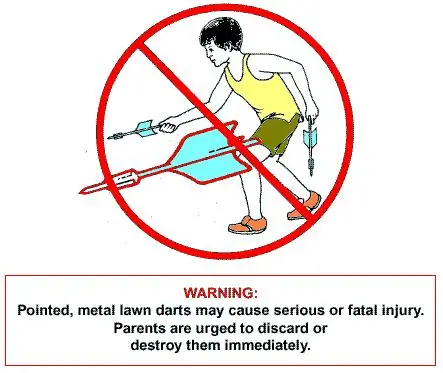
If you grew up in the ’60s or ’70s, you probably remember playing lawn darts, also known as Jarts. The game involved tossing large, weighted darts with metal tips toward a plastic target ring on the ground. It was all fun and games until someone inevitably got hit by one of these lethal projectiles. Unlike modern, safer versions of the game, these darts were heavy enough to cause serious injuries—and they did, frequently.
Despite the obvious danger, lawn darts were incredibly popular for years. But by the late 1980s, reports of injuries and even fatalities forced the U.S. Consumer Product Safety Commission to step in, banning them altogether. Today, they’re remembered as one of the most notoriously dangerous toys of all time, a product that probably should have never made it past the design phase. If you had a set, chances are your parents eventually threw them out—or at least made sure you weren’t aiming at your siblings.
12. Cologne-Scented Cigarettes

The 1970s were a time when smoking was still widely accepted, but some companies decided that cigarettes needed a little extra flair. Enter Cologne-Scented Cigarettes, an odd attempt to make smoking more “sophisticated” by infusing cigarettes with designer fragrance oils. These weren’t just menthols—some brands promised scents like musk, lavender, or even floral aromas, supposedly leaving smokers smelling fresh instead of ashy.
The reality? They didn’t actually mask cigarette odor—they just created an even stranger combination of perfume and tobacco smoke. Instead of smelling “refined,” these cigarettes often left users with a cloying, overpowering scent that lingered far too long. While they had a brief moment of popularity, they never took off in the long run. Eventually, smokers stuck with traditional brands, and cologne-scented cigarettes became yet another strange product lost to time.
The 1960s and ’70s were filled with bold, sometimes baffling product ideas that could only have come from an era of unfiltered creativity. While some of these items were ahead of their time, most were just odd, impractical, or downright dangerous. Whether it was strange beauty gadgets, questionable food choices, or products that made you wonder how they ever got approved, these relics remind us that not every innovation is a good one. What weird products from the past do you remember? Let’s dig up those forgotten oddities together!


